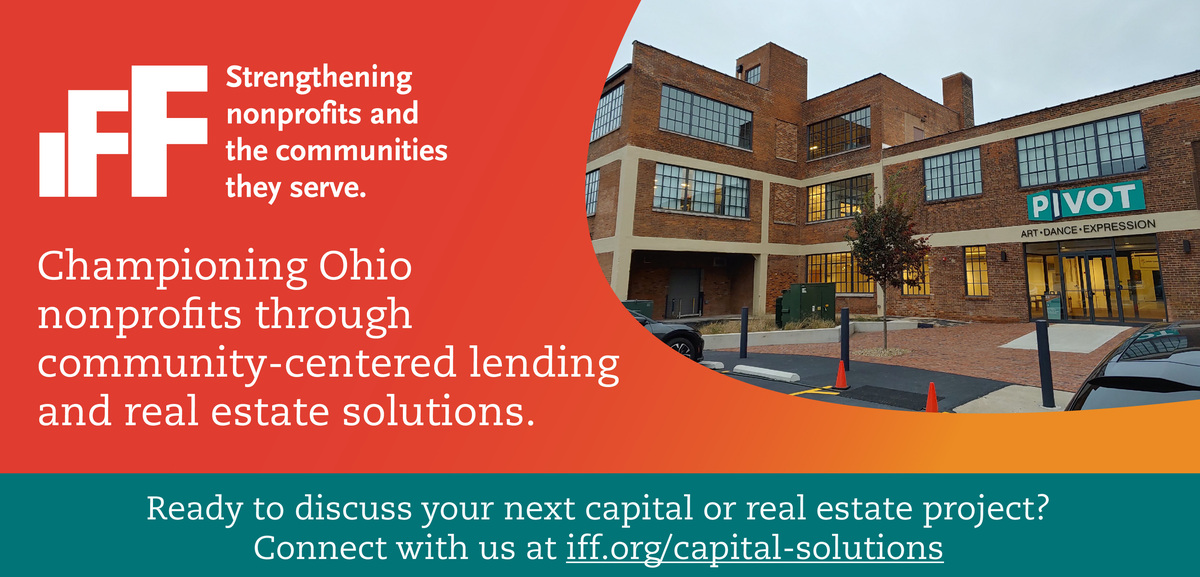Feature Article from GC Nonprofit News 1/25/2024
Nonprofits as an Economic Force
Elizabeth Benson, Executive Director
Leadership Council for Nonprofits
Have you ever thought about the “nonprofit economy?” Last week’s report release by ArtsWave and the Cincinnati Chamber’s Center for Research & Data brought attention to the immense contribution that the arts bring to our regional economy. As one branch of the local nonprofit sector, this is crucial data. We talk a lot around nonprofit and philanthropic tables about impact. But beyond the important impact that individual organizations make, what is the economic impact on our region as a whole? Many headlines are written about the economic impact of specific industries, your favorite sports team, the Taylor Swift concert. What about the economic benefit that nonprofit organizations, large and small, return to the community?
What kind of impact?
We’re talking about job creation, earnings, tax revenue, and purchasing power returned to the community. When infrastructure is involved, like building and renovating nonprofit facilities, the ripple effect includes building materials, construction contracts, and more.
How big is the prize locally? Beyond the arts, we’re still working on that (stay tuned!), but we have some national data. According to the National Council of Nonprofits, “Nonprofits employ 12.3 million people, with payrolls exceeding those of most other U.S. industries, including construction, transportation, and finance.” According to Independent Sector, “Nonprofits comprised 5.6% of GDP and contributed $1.4 trillion to the economy in 2022.” The numbers speak for themselves.
Now this may not be news to you, but it may not be the context in which many people think of the nonprofit sector, including policymakers, volunteers, and our supporters. Like the arts, other types of nonprofits also improve the quality of life in a community, which can contribute to attracting and retaining residents and jobs.
Why should we care?
Policy, funding, and popular support for the nonprofit sector are crucial to the ability to deliver on our collective missions. Support for competitive compensation that allows us to attract and retain qualified workers is an absolute necessity. Funding that helps nonprofits innovate and invest in learning and development is the only way to make systemic change, not simply react to the status quo. Policies from the local to the national level that serve families and revitalize communities reduce the strain on services.
Interested in learning more?
Further reading: Economic Impact of Nonprofits (National Council of Nonprofits); Health of the US Nonprofit Sector Annual Review (Independent Sector); More Than Charity (Kentucky Nonprofit Network)







.png)




